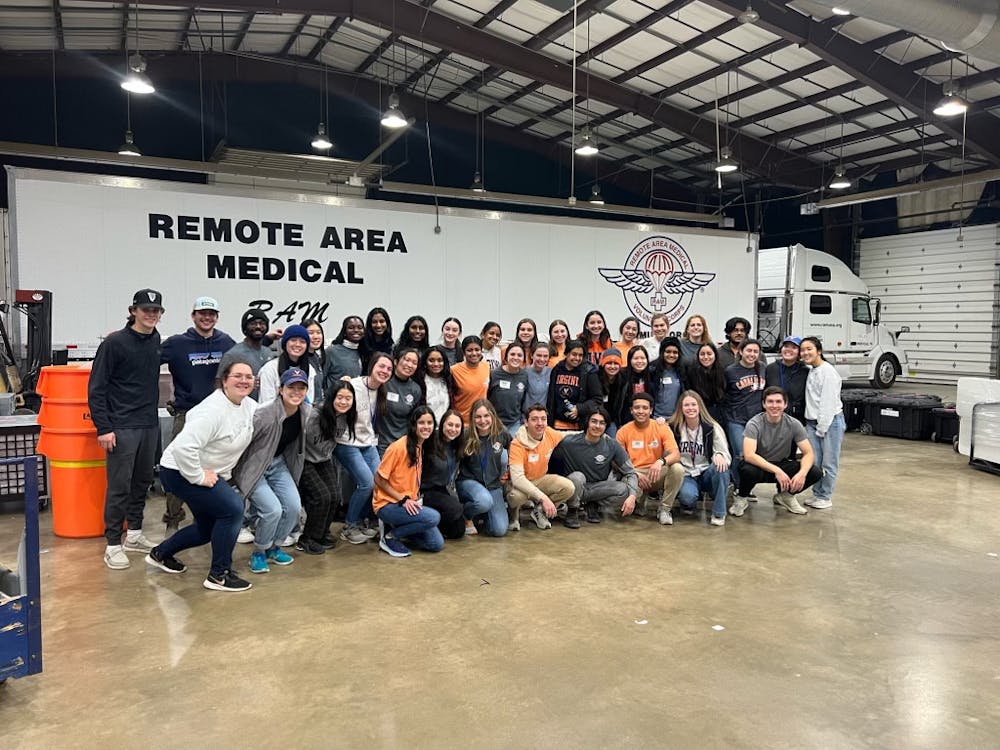A recent study found traces of Legionella pneumophila, a bacterium responsible for causing Legionnaires’ disease, in water sources across the United States.
Legionnaires’ disease is a severe form of pneumonia occurring at rates of 8,000 to
18,000 cases each year nationwide, according to the Center for Disease Control. The symptoms of Legionnaires’ disease are similar to the symptoms of pneumonia, leading many cases to remain unreported and making the spread of the disease hard to track.
Investigators, scientists and researchers from the Environmental Protection Agency collected 272 water samples for two years from more than 68 kitchen and bathroom sinks, drinking fountains and refrigerator water dispensers.
The research team analyzed the water samples for Legionella genetic material via polymerase chain reaction, which tests for the presence of certain DNA molecules. In this case, they were testing for the presence Legionella DNA, and found it in 32 of the taps sampled.
“Every time we drink water out of a faucet or even bottled water, there are microbes in the water,” University Medicine Prof. Dr. Costi Sifri said.
Legionella transmission occurs through inhalation of aerosolized water droplets containing the bacteria.
Symptoms of the disease appear two to 14 days after exposure to the bacteria. Hospitalization is usually required, as the disease has a 5 to 30 percent rate of fatality.
“To develop Legionnaires’ disease, a couple things probably have to happen,” Sifri said. “One, Legionella must be in the water, the more the riskier. Two, the water has to be aerosolized. And three, it has be inhaled by a susceptible host.”
Hosts of the disease tend to present other risk factors as well, making them more susceptible to infection.
“The types of people who get the disease tend to be compromised in some manner,” Sifri said.
“For example, they may be a smoker, have chronic respiratory disease, be an organ
transplant patient or have cancer.”
If consistent with studies done on guinea pigs, humans must be exposed to hundreds or thousands of the organisms before obtaining the disease.
Legionella reside in stagnant freshwater environments, acting as parasites of amoeba in biofilms. The bacteria reside inside its amoeba host, feeding off of it and replicating until they exhaust it, at which time they form cysts and destroy the cell.
Building and plumbing codes are the primary method to prevent heavy Legionella
contamination of drinking water. Preventative measures include regulations against standing water and pipe insulation, which keeps pipes too hot for bacteria life. Most outbreaks are found in clusters and are associated with water fountains, air conditioner units and even water spraying at supermarkets.




